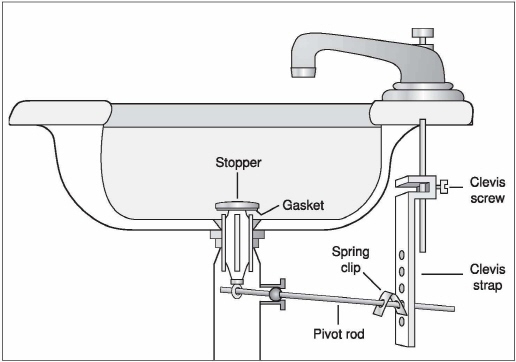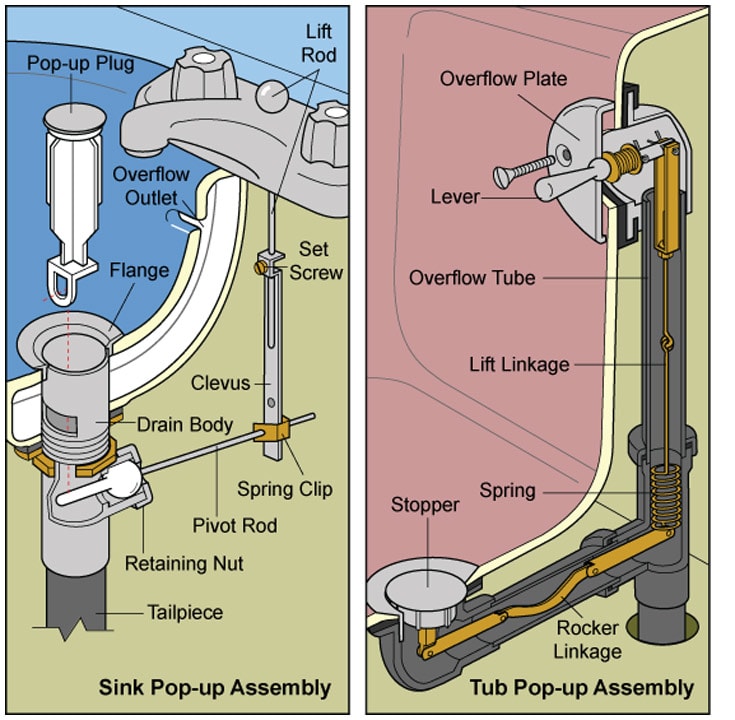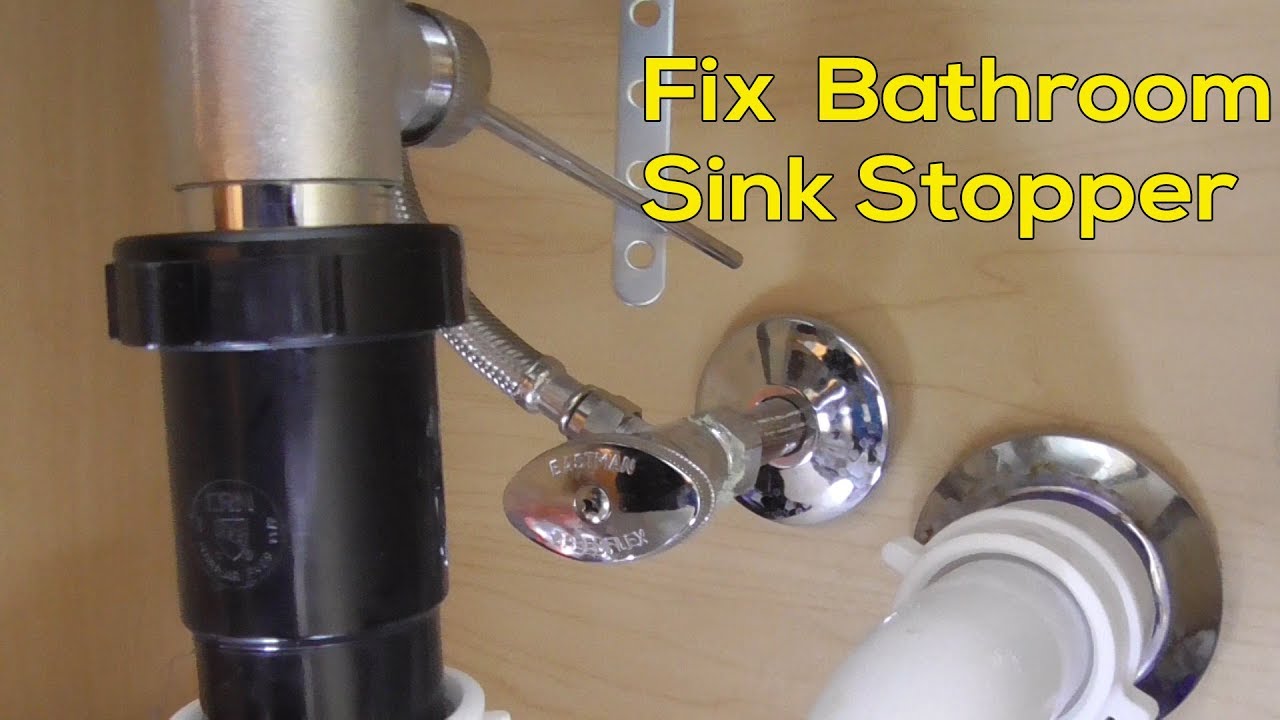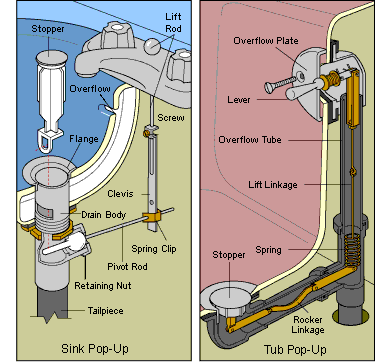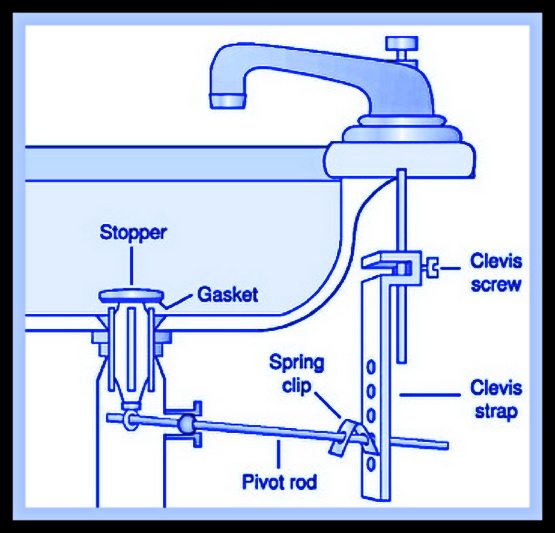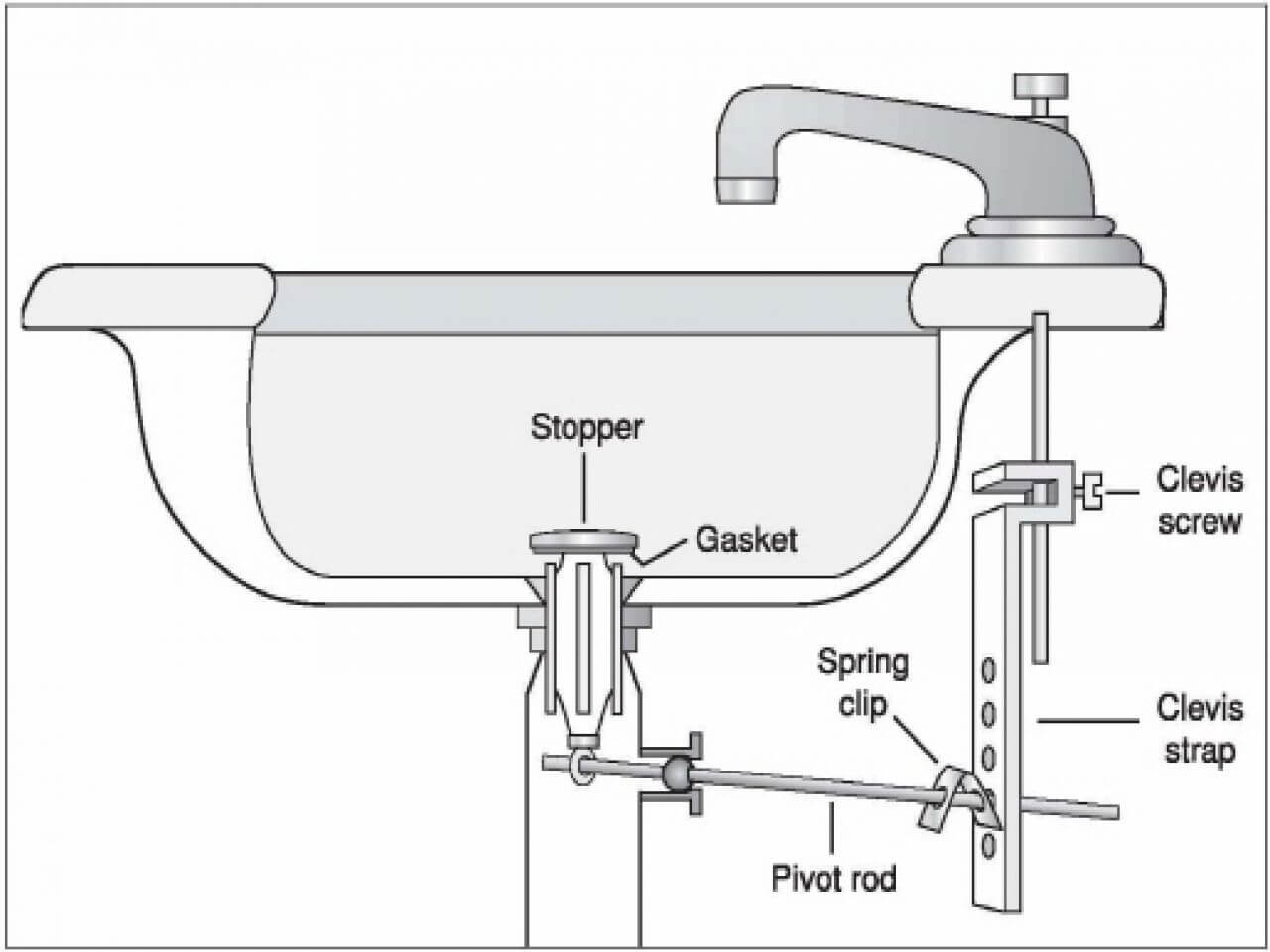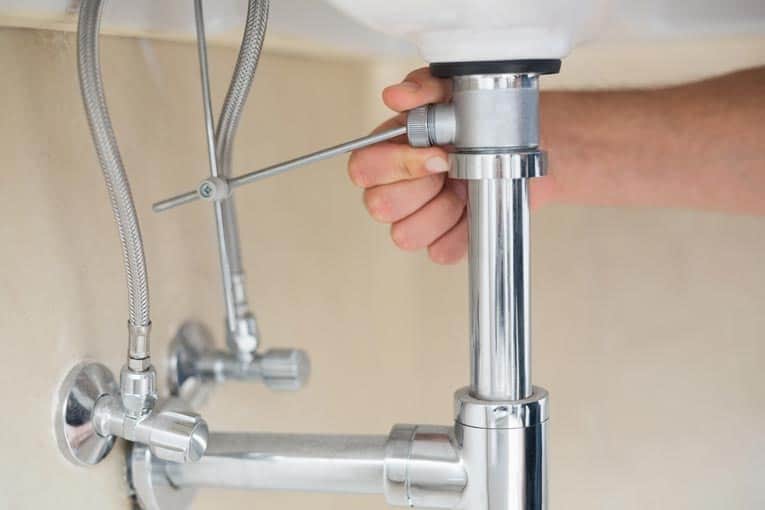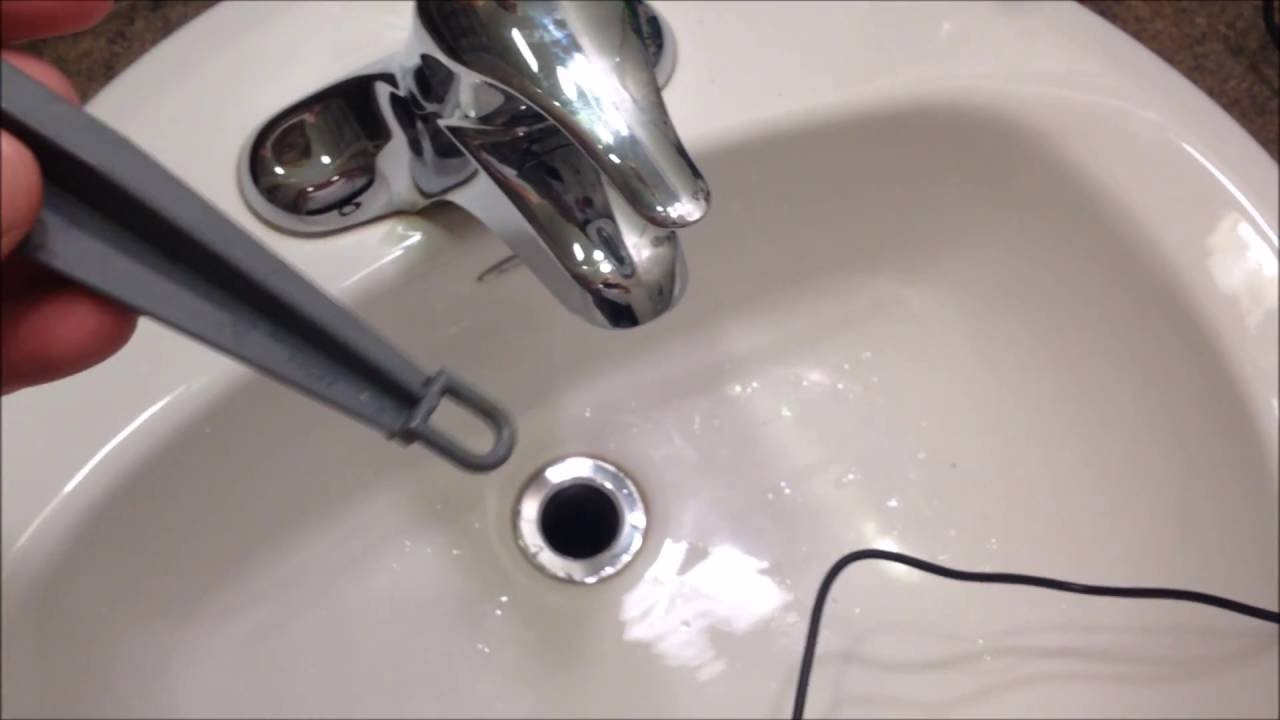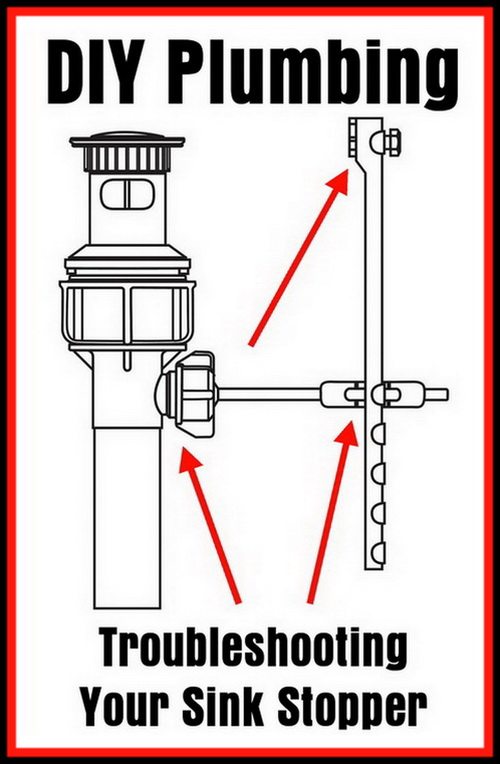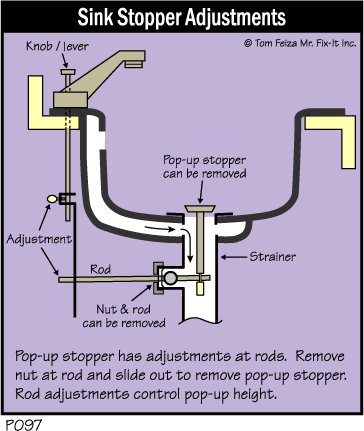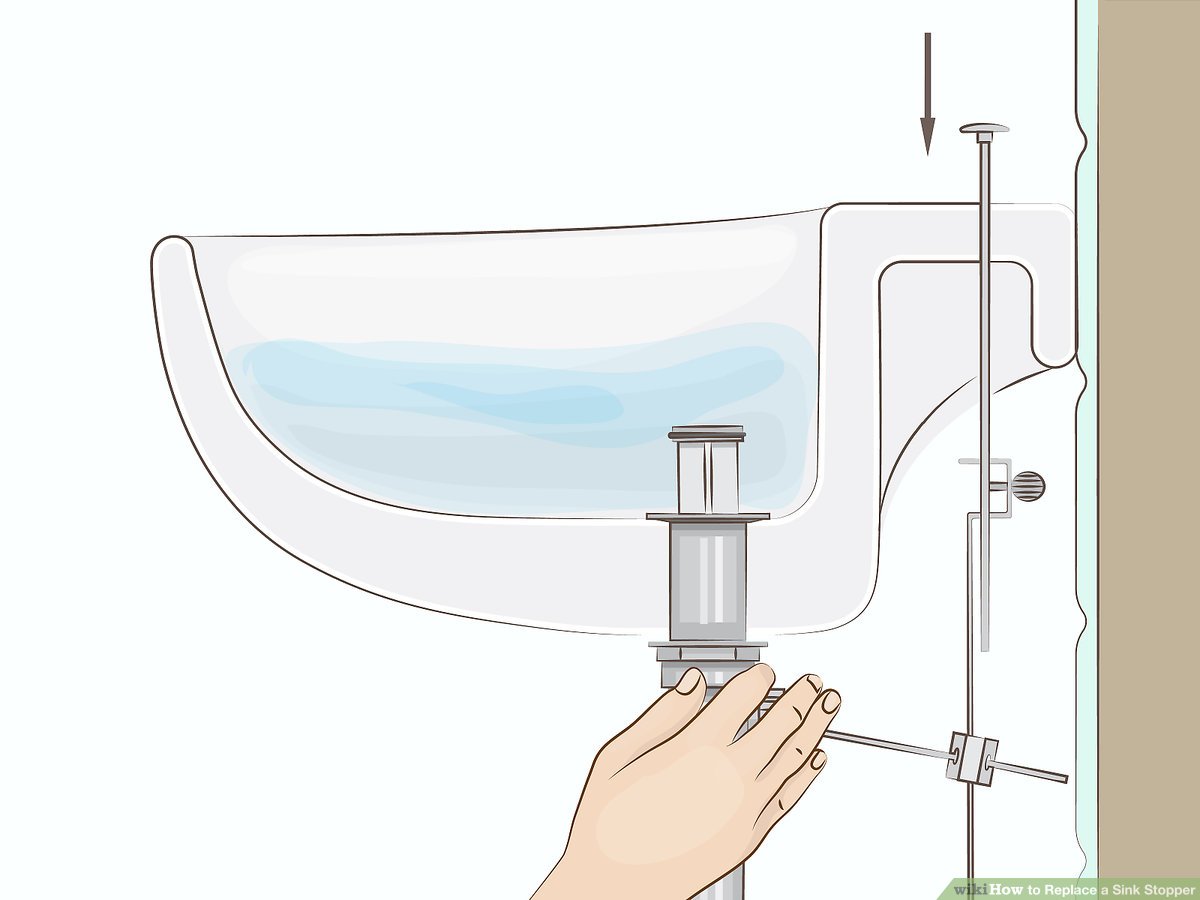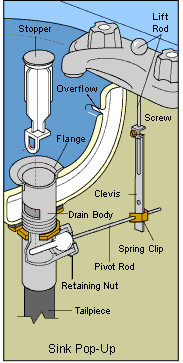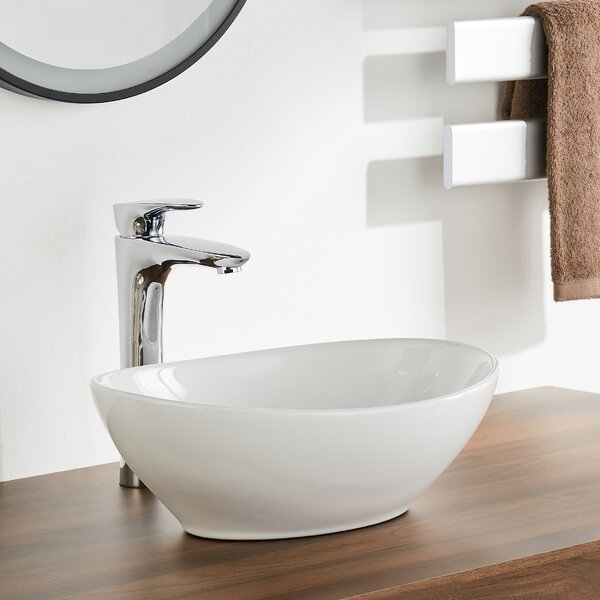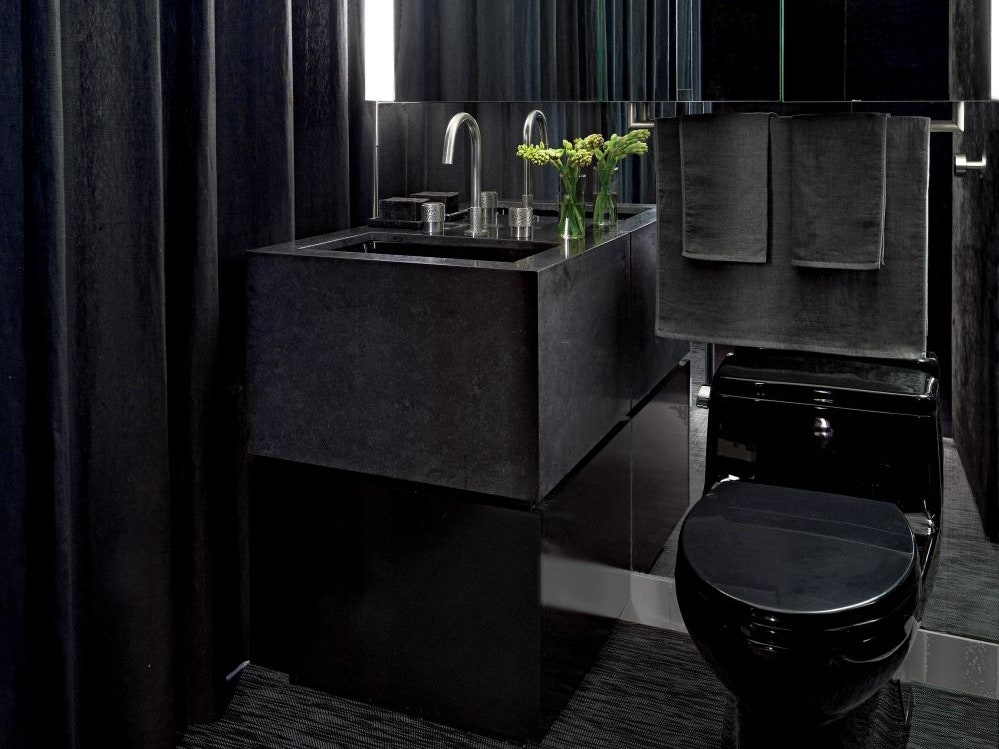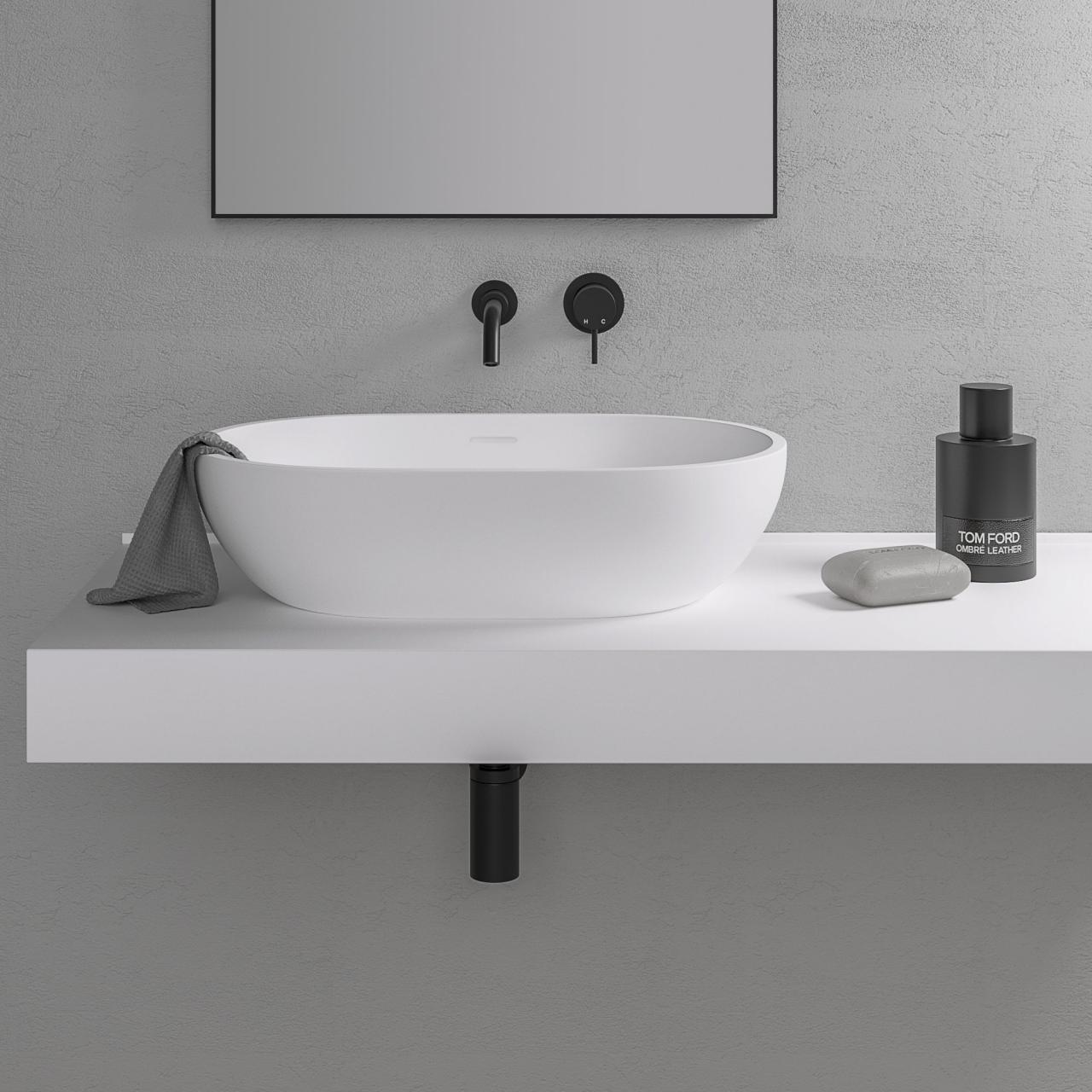Common Causes of a Bathroom Sink Stopper Not Working
Let’s first find out the most common things that may cause the bathroom sink stopper not working.
- Clogged Drain: One of the most common causes of a bathroom sink stopper not working is a clogged drain. Over time, hair, soap residue, and other debris can accumulate in the drain, causing it to become blocked. This can prevent the sink stopper from moving freely and effectively sealing the drain.
- Loose or Damaged Stopper Mechanism: Another common cause is a loose or damaged stopper mechanism. The stopper mechanism, which includes the lever and connecting rod, can become loose or worn out over time. This can result in the stopper not being able to fully close or open, leading to drainage issues.
- Build-up of Mineral Deposits: Mineral deposits can accumulate on the stopper and the surrounding drain area, hindering its movement. This is especially common in areas with hard water. The mineral deposits can make it difficult for the stopper to move up and down smoothly, causing it to get stuck in one position.
- Improper Installation: Sometimes, a bathroom sink stopper may not work properly due to improper installation. If the stopper is not installed correctly, it may not align properly with the drain, preventing it from sealing effectively.
- Rust or Corrosion: Rust or corrosion can also affect the functionality of a bathroom sink stopper. If the stopper or any of its components are made of metal and are exposed to water for extended periods, they can develop rust or corrosion, which can impede their movement.
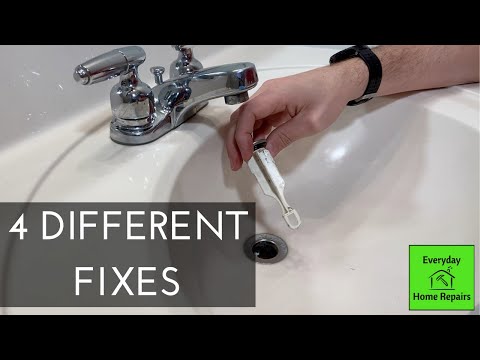
Troubleshooting Tips for a Non-Functioning Bathroom Sink Stopper
Clean the Drain: Start by cleaning the drain thoroughly. Use a plunger or a drain snake to remove any clogs or debris that may be causing the stopper to malfunction. This can help restore proper drainage and improve the stopper’s functionality.
Check and Adjust the Stopper Mechanism: Inspect the stopper mechanism to ensure that it is properly connected and not loose or damaged. If necessary, tighten any loose connections or replace any worn-out components. Lubricating the moving parts with a silicone-based lubricant can also help improve the stopper’s movement.
Remove Mineral Deposits: If mineral deposits are causing the stopper to get stuck, remove them by soaking the stopper in a mixture of vinegar and water. Scrub the stopper gently to remove any remaining deposits. Additionally, use a mild abrasive cleaner or a toothbrush to clean the surrounding drain area.
Reinstall the Stopper: If the stopper was improperly installed, remove it and reinstall it correctly. Ensure that it aligns properly with the drain and moves freely up and down without any obstructions.
Replace Rusty or Corroded Components: If rust or corrosion is affecting the stopper’s functionality, consider replacing the affected components. Look for replacement parts made of materials that are resistant to rust and corrosion, such as stainless steel or plastic.
DIY Solutions to Fix a Bathroom Sink Stopper That Won’t Work
Adjust the Stopper Height: If the stopper is not sealing properly, you can adjust its height. Underneath the sink, locate the rod connecting the stopper to the faucet lever. Loosen the retaining nut and adjust the height of the rod until the stopper sits flush with the sink when closed.
Replace the Stopper Assembly: If the stopper is damaged beyond repair, consider replacing the entire stopper assembly. This can be done by unscrewing the retaining nut underneath the sink, removing the old stopper, and installing a new one according to the manufacturer’s instructions.
Install a Drain Hair Catcher: To prevent future clogs and stopper issues, install a drain hair catcher in your bathroom sink. These simple devices can effectively catch hair and other debris, preventing them from entering the drain and causing blockages.
Clean the Stopper Regularly: Make it a habit to clean the stopper regularly. Remove it from the drain and clean it using a mild detergent or vinegar and water solution. This will help prevent the build-up of soap residue, mineral deposits, and other debris that can affect its functionality.
Practice Proper Drain Usage: Educate yourself and your household members about proper drain usage. Avoid disposing of large amounts of food scraps, grease, or other non-biodegradable materials down the sink. This will help prevent clogs and increase the lifespan of your bathroom sink stopper.
When to Call a Professional Plumber for a Faulty Bathroom Sink Stopper
Persistent Blockages: If you’ve tried troubleshooting tips and DIY solutions, but the bathroom sink stopper continues to malfunction or get clogged, it may be time to call a professional plumber. They have the expertise and specialized tools to diagnose and resolve more complex issues.
Water Leakage: If you notice water leakage around the sink stopper or from the drain pipe, it’s best to seek professional help. Water leakage can indicate a more significant underlying problem, such as a faulty seal or damaged pipes, which requires professional attention.
Inability to Fix the Stopper Mechanism: If you are unable to fix or adjust the stopper mechanism yourself, it’s advisable to call a plumber. They can properly assess and repair the stopper mechanism to ensure it functions correctly.
Unusual Sounds or Odors: If you hear unusual sounds, such as gurgling or bubbling, or notice foul odors coming from the sink drain, it could be a sign of a more serious plumbing issue. A professional plumber can identify and address the root cause of these problems.
Safety Concerns: If you are uncomfortable working with plumbing systems or lack the necessary knowledge and tools, it’s always safer to call a professional plumber. They have the expertise to handle plumbing issues safely and efficiently, minimizing the risk of accidents or further damage.
Preventive Measures to Keep Your Bathroom Sink Stopper in Working Condition
Regular Cleaning: Clean the bathroom sink stopper and surrounding drain area regularly to prevent the build-up of debris, soap residue, and mineral deposits. This will help maintain its functionality and prevent clogs.
Use a Drain Hair Catcher: Install a drain hair catcher to prevent hair and other debris from entering the drain and causing blockages. Clean the hair catcher regularly to ensure its effectiveness.
Avoid Pouring Grease and Oil: Avoid pouring grease, oil, or other fatty substances down the sink drain. These substances can solidify and cause blockages over time.
Use a Plunger: If you notice slow drainage, use a plunger to clear minor clogs. Place the plunger over the drain, create a seal, and push and pull vigorously to dislodge any blockages.
Educate Household Members: Teach everyone in your household about proper drain usage. Discourage them from disposing of non-biodegradable materials down the sink and encourage them to be mindful of what goes into the drain.
DIY Plumbing – Troubleshooting Your Sink Stopper
How To Replace Bathroom Sink Stopper Avg. Cost $25-65 1-2Hrs
How to Fix a Bathtub or Sink Pop-up Stopper
FAST Sink Drain Stopper Repair
DIY Plumbing – Troubleshooting Your Sink Stopper
Quick Tip #26 – Pop-Up Stopper Sticks MisterFix-It.com
How to Replace a Sink Stopper (with Pictures) – wikiHow
plumbing – How can I fix a sink drain stop which wonu0027t hold water
Fixing Tricky Pop-Up Drain Sink Stopper Mechanisms – Efficient
Related Posts:
